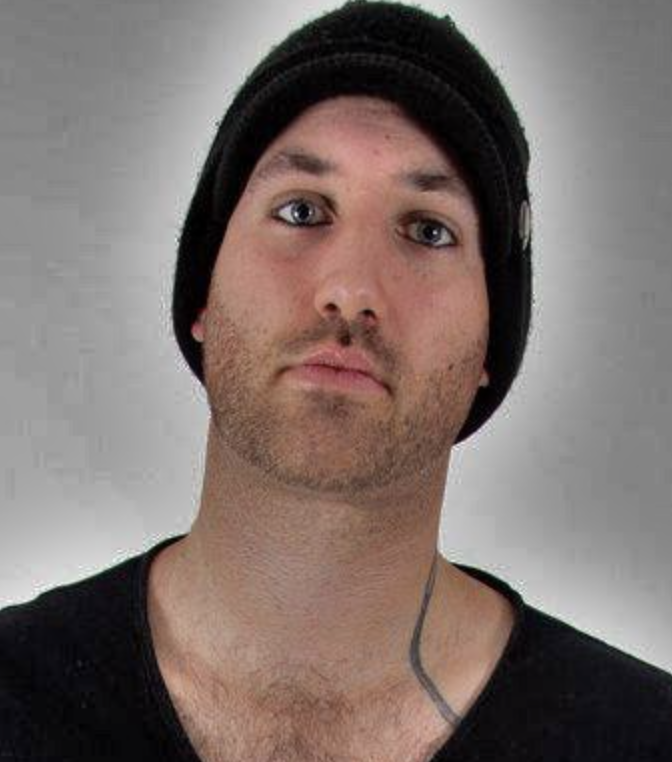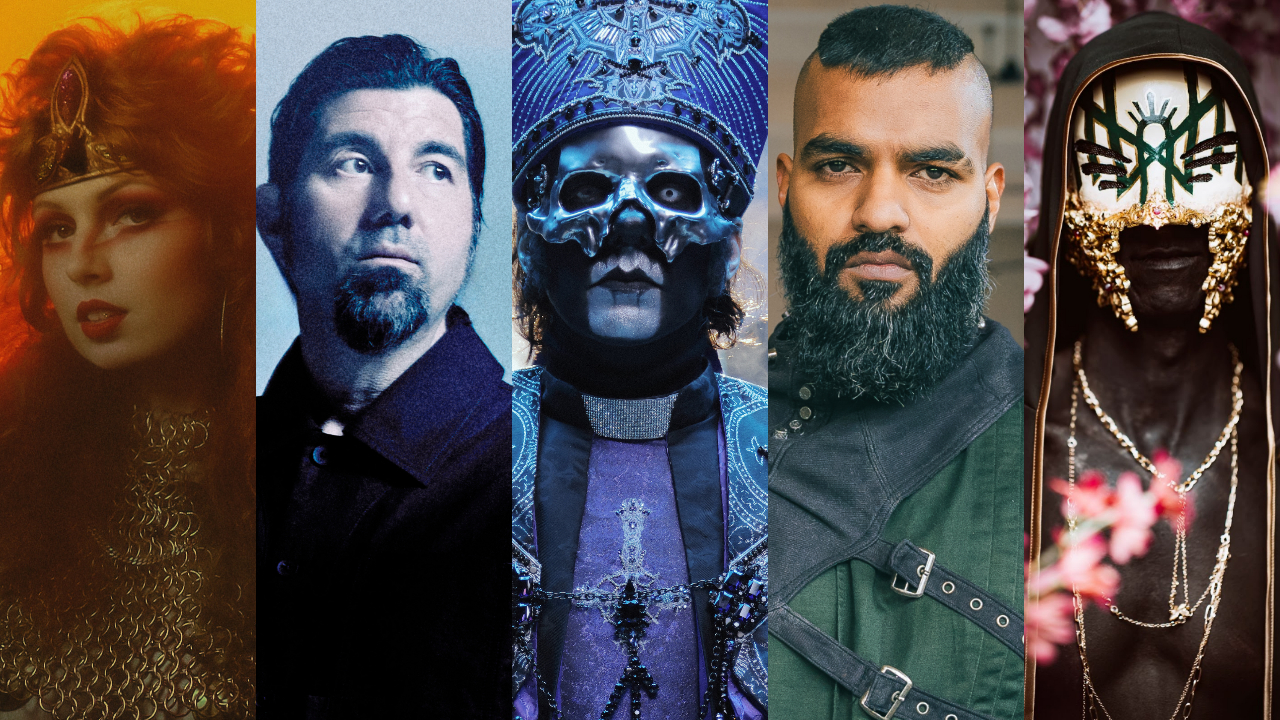I've been going to metal gigs for over 25 years. So why are all the craziest crowds now at pop, hip hop and dance shows?
Metalheads still know how to mosh, but the wildest, hardest-hitting crowds seem to be flocking to other genres. How did this happen?!

The day before his much-anticipated debut album Famous Last Words entered the UK chart at an impressive number 7 last month, London-based rapper Casisdead played a sold-out gig at KOKO in Camden. Being a fan of his work, I decided to snag a last-minute ticket and headed down to the show. Taking up residency at the very back of the 1500-capacity room’s floor, something soon struck me as the show went on: the mosh pits were absolutely mad.
Pints were thrown, circles opened up, crowd surfers and stage divers continually popped up on stage alongside Cas and his DJ. If you’d have taken a silent video of the show, you’d probably have imagined I was at a Biohazard or Napalm Death concert, but no: this all played out to the sound of 80s synths, hip hop beats and Cas’ consistently superb flow.
As someone who has spent the majority of their life watching metal bands, it made me realise that most of the times I’ve found myself in similar situations recently had not been at metal gigs. Shows over the last year or so that I attended from Spiritbox, Lamb Of God, While She Sleeps, Better Lovers, Ratos De Porao and others were, comparatively, more sedate affairs.
No shade at all on those bands, their shows or how they connected with their audiences; all of them were great live. But if I consider the crowd reactions at those gigs...in terms of pure chaos, hip-hop, electronic and pop crowds I’ve been a part of in the same period have put them all to shame. From feeling the entire floor of the O2 shake for grime superstar Dave, a swirling mass of bodies going crazy for hyper-pop queen Charli XCX at Reading Festival, alt-hip-hop crew Clipping inspiring a much wider circle pit than their far heavier support band at London’s Outernet (UK sludge metal titans Conjurer) or electropunk trio Death Grips playing one of the sweatiest, most disorderly, borderline frightening shows in memory on a bill dominated by hardcore bands at this year's Outbreak Festival, those decidedly non-metal shows have comfortably been the most untamed I've witnessed in a long time. It’s an undeniable fact: in 2023, Leeds Festival is even rowdier than Bloodstock!
From one perspective, it’s not too hard to work out why this has happened; I often find myself standing at metal shows with many of the same faces I’ve seen since I began attending gigs in the mid-90s. Sure, the hairlines are a bit higher, the jeans a bit more of a squeeze round the middle, the t-shirts a bit more faded and, crucially, we’re far less likely to bang our heads and run into a wall of death while Lamb Of God play Redneck than we used to be.
That doesn’t mean that there are no young people at those shows, of course: just that the age range of metal is far, ahem, broader than it tends to be at pop and hip-hop concerts. It’s something we should consider a strength, proving that metal’s finest have wide appeal across generations. But why have other genres decided to so aggressively adopt the mosh pit in recent years? The answer is simple - and, instead of feeling robbed or appropriated, the metal scene should actually feel flattered by this turn of events.
In the last decade, the aesthetic, feel and attitude of metal is something that plenty of artists outside of the genre have seemed desperate to duplicate in their own form. From EDM acts such as Skrillex and Steve Aoki directly coming from the underground hardcore scene before achieving huge mainstream success, to rap superstars such as Lil Uzi Vert, Ghostemane and City Morgue’s keenness to talk up black metal, nu metal and industrial as huge influences, we’ve had an elongated period where artists from other genres have positively effused about the influence metal has had on their work. There are even songs literally named Mosh Pit by many of these artists; rappers Baby Keem, Kodak Black, Lil Pump, Lil Gnar and Mist and electronic duo Flosstradamus to name just six of them.
Sign up below to get the latest from Metal Hammer, plus exclusive special offers, direct to your inbox!
That influence has now translated into real-world consequences, little seeds planted that have led to a wider acceptance of our culture, to the point where replicating the feel of a metal show is a genuine aspiration. Where once metal and metal fans were pariahs in the wider music scene, now we’re something the rest strive to copy.
These are big artists, in massive, fresh subgenres, who mainly appeal to a young, excitable fanbase. It stands to reason that their shows would be full of the same youthful abandon that surrounded me the first time I saw Machine Head or Fear Factory back at the start of their career. Is it any wonder that these shows go off so hard? (And to be clear, whether you actually like the music or not, you'll have to trust me on this one: these shows have been some of the rowdiest I’ve ever attended.)
Maybe we’re just going to have to accept that a new generation of kids with totally different tastes have claimed the mosh pit as their own, take it as a compliment and grab our place on the seat marked “originators”. Frankly, after 40-something years, and with a body ravaged from stage dives and circle pits, it’s a sit-down that many of us will feel we’ve deservedly earned.

Stephen joined the Louder team as a co-host of the Metal Hammer Podcast in late 2011, eventually becoming a regular contributor to the magazine. He has since written hundreds of articles for Metal Hammer, Classic Rock and Louder, specialising in punk, hardcore and 90s metal. He also presents the Trve. Cvlt. Pop! podcast with Gaz Jones and makes regular appearances on the Bangers And Most podcast.
